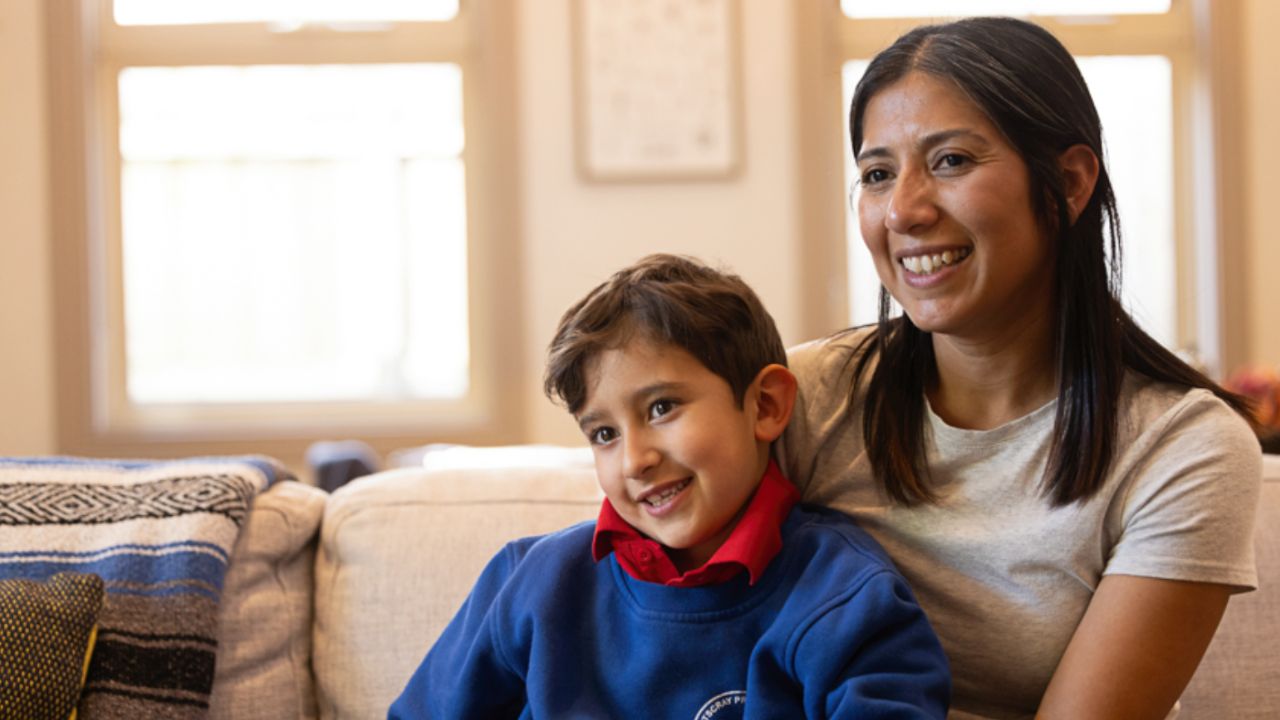In Victoria, equality is not negotiable.
We are proud of the steps we have taken towards gender equality, to make sure women and girls get every opportunity to be their best.
The Government is investing:
- Help with the cost of living: $1.4 billion in targeted support to assist with cost of living pressures, which disproportionately affect women.
- Investing in women’s health: $844 million for services that recognise and respond to the unique health needs of women and girls, ensuring care is inclusive and accessible.
- Equal economic opportunity for women: $1.2 billion to break down the barriers Victorian women face to full economic participation, and to help women to reskill and train for the jobs of tomorrow.
- Ending violence against women: $797 million to prevent family violence and keep families safe, including making courts safer for women and children.
- Supporting First Nations women: $81 million to support self-determination and services to improve the economic, social, health and wellbeing outcomes of First Nations women.
- Helping more women into housing: $85 million to tackle housing affordability and support people experiencing homelessness – noting women face greater hurdles to renting and buying, and are more likely to access homelessness services, than men.
Of the total funded initiatives in the Budget:
- More than 150 have been assessed as having a positive impact on gender equality.
- 12 initiatives, with a combined investment of $2.4 billion, are expected to have a significantly positive impact. They will improve gender equality at a statewide level, change attitudes, or reduce gaps in outcomes, access or participation.
These investments improve gender equality by:
- Helping more women afford everyday essentials.
- Continuing to invest in healthcare that responds to women’s health and wellbeing.
- Increasing women’s economic security by boosting their economic participation.
- Improving conditions in workforces predominately made up by women.
- Working to ensure women’s safety by preventing gendered violence.
- Giving a voice to First Nations women through truth-telling and Treaty, and delivering better outcomes in employment, health and justice.
- Considering that women’s experience of disadvantage is compounded by other factors, such as ethnicity, disability and age.
Updated


